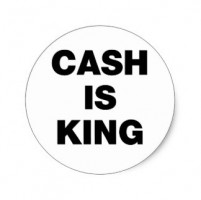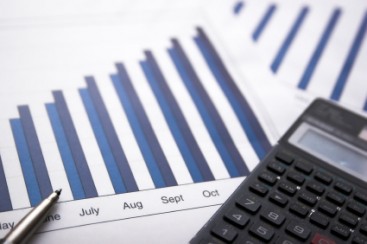
Cash Is King
Cash flow is the life blood of any business and remains a massive ongoing challenge for business owners. In fact, according to research by the Australian Bureau of Statistics, half of all businesses cease in their first three years of trading with 40% of business failures due to poor cash flow.
In an ASIC report on 2015/16 corporate insolvencies, the top three indicators of insolvency were:
- Non-payment of statutory debts (PAYGW, SGC and GST) (3,439 reports or 76.5%)
- Financial statements that disclose a history of serious shortage of working capital, unprofitable trading (2,106 reports or 46.8%)
- Difficulties paying debts when they were due (e.g. evidenced by letters of demand, recovery proceedings, increasing age of accounts payable (1,999 reports or 44.5%)
You’ll often hear the expression, “Cash flow is King” and according to research from The Invoice Market, in Australia the average small business is owed $38,000 and almost half of Australian small businesses have more than $20,000 owed to them by late payers. It explains why tens of thousands of businesses are under pressure chasing outstanding debts and buried in a pile of unpaid bills. The Australian Small Business and Family Enterprise Ombudsman (Kate Carnell) says the number one problem facing small business owners is the impact late payments from customers has on cash flow. Large companies often treat small suppliers "with contempt" and delay payment of invoices. She singled out large supermarket chains and transport companies as examples.
Cash Flow vs Profit
From an accountant’s perspective, a lot of business owners don’t understand cash flow. While they understand the concept of profit, they struggle to understand why their purchase of plant and equipment (such as computers, machinery and vehicles) don’t appear on their profit and loss statement. Similarly, their loan repayments are also missing as are their tax payments to the ATO. There are other differences between your profit and loss statement and your cash flow statement including depreciation and if you are a sole trader, your drawings. We are happy to explain all these variations with you because it is important that you understand your numbers.
Your cash flow forecast should include all funds that go in and out of your business and the purpose of the statement is to identify future cash flow shortages. It is a planning device that allows you to predict when you might need to borrow money or extend the overdraft to deal with cash shortages.
So, What Can You Do to Improve Your Cash Flow?
There are plenty of free resources that aim to help small businesses manage their revenue and expenses, but sometimes spreadsheets and templates aren’t enough.
Firstly, understand the invoicing process including quoting and be crystal clear about the terms of your invoice. That might require having a legal document drawn up so your customers understand your full terms and conditions including late payment penalties. Having your customers agree to your trading terms before you start working with them provides some degree of confidence regarding likely cash flows.
Next, examine your financial statements and understand the numbers beyond your profit and loss statement. Monitor where your money is being spent and see if you could cut some costs. Know your gross profit margin and monitor price hikes from suppliers and make sure you pass the extra costs onto your customers.
Perform cash flow projections because in business, forewarned is forearmed. Banks have an application process when lending money and it takes time. You can’t get a loan in 24 hours so planning ahead is absolutely critical. We can provide you with a cash flow template if required and if cash flow is a concern, contact us today.










